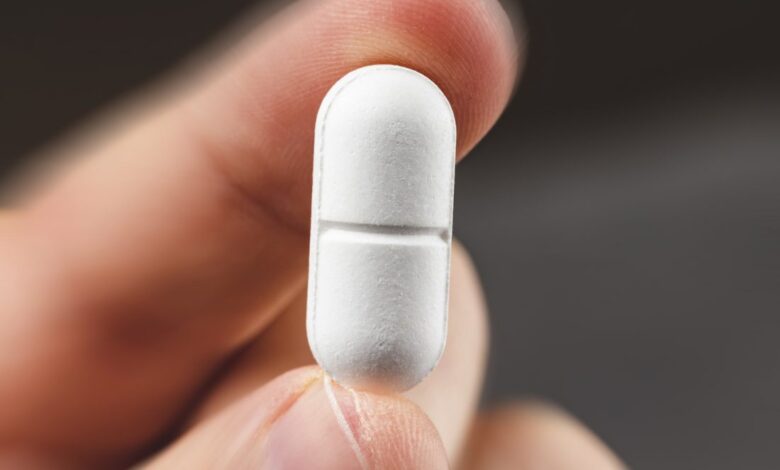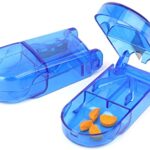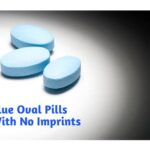How Do You Split A Pill Without A Pill Cutter?

Many people find it difficult to take the medicines whole hence, the need to break it into halves or maybe quarters to make consumption choke-free. Sometime times, the dose is such that it is mandatory to split the pills to get the required dosage. Using a knife, scissors, or any other sharp tool could divide the pill into unequal parts, thereby reducing the efficacy of the doses. Not to mention, using those sharp tools increases the risk for injury.
Dividing pills offers the advantages of ease of administration to the elderly, children or patients who have difficulty in swallowing, to achieve doses less than the smallest available manufactured strength and it is also being advocated as a method of reducing prescription drug costs.
However, Uneven breaking of a tablet may result in significant fluctuations in the administered dose. This may be clinically significant for drugs with a narrow therapeutic range, such as warfarin or digoxin. For many drugs, however, especially those with long half-lives and/or a wide therapeutic range, dose fluctuations are unlikely to be clinically significant.
How Do You Split A Pill Without A Pill Cutter?
Although pill splitters which can be found at most pharmacies and discount stores at a low cost are the best way to split a pill, there are some other options you can use when a pill splitter or cutter is unavailable especially when if your pills are curved, soft and scored.
A good alternative to a pill splitter is your fingers. Softer pills split very easy with even pressure on each side of the score mark.
One trick you can always use, is to place the score mark along a plastic ink pen and use the pen to evenly split the pill.
Press the tablet with your fingers evenly on each side of the score mark until the pill splits in half. Sometimes this will take a decent amount of pressure. Just make sure that you’re using the tips of your fingers to apply even, steady pressure and it will result in a clean break.
Unevenly shaped pills need to be accurately split in half, long ways. This method is not recommended due to inconsistent results.
Make sure you keep safety in mind
- Wash your hand before starting.
- If you are splitting tablets for others, use surgical gloves. Also ask about latex allergies before using latex gloves.
- When using a pill splitter, clean the pill splitter between different pills. (cross contamination can result in incorrect dosing).
- Ask you pharmacist or physician if it is ok to split your dose. (There have been many dosing mistakes made when a physician writes for 1/2 tablet and pharmacies fill the prescription with the directions saying fill for 1-2 tablets…please review your dosing with your physician.
- If you current tablet does not have a score mark, ask you pharmacist if they have a manufacturer that does offer a scored tablet.
Unless required as a result of dosage issues or ease of swallowing, splitting tablets is not a good idea. If breaking tablets is necessary, a special tablet splitting gadget can be used. Splitting of tablets should not be prescribed for serious medical conditions, extended-release or enteric-coated tablets and tablets without a score line.





